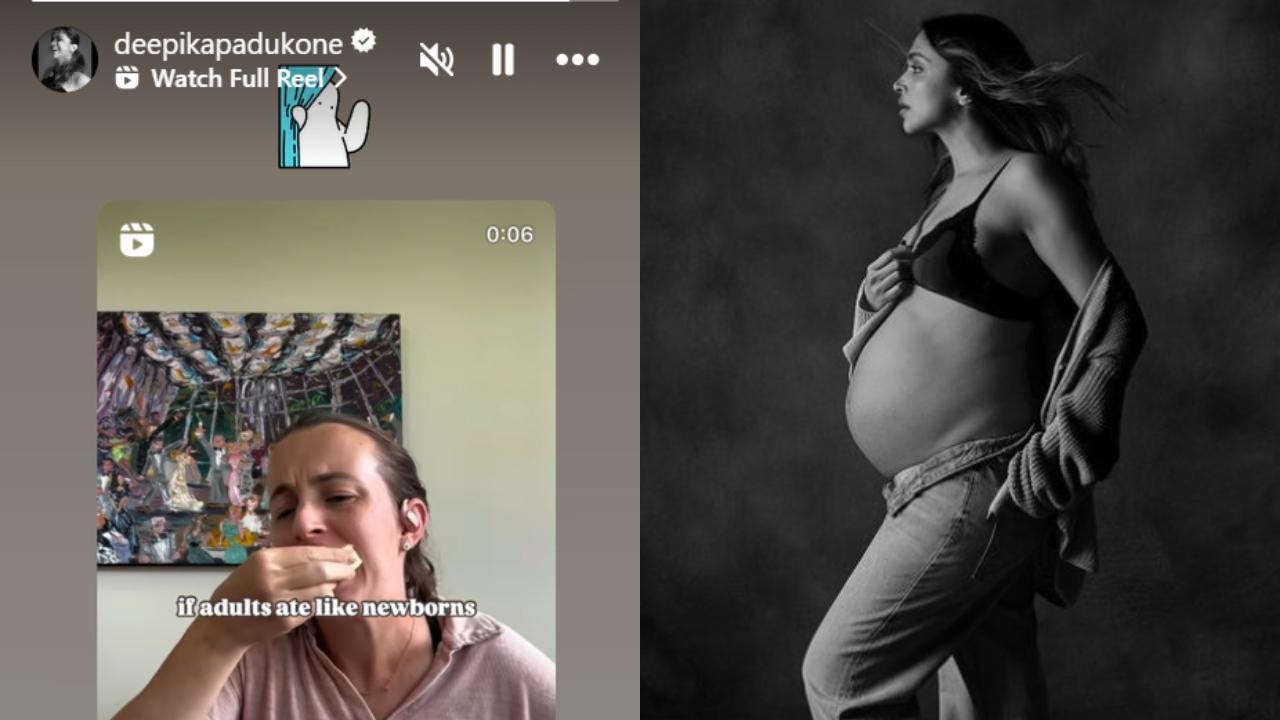As far as TV and movie adaptations go, Steven Zaillian ’s limited series “Ripley” is fairly faithful to Patricia Highsmith’s Ripley novels . In particular, the writer/director was keen to capture the sinister and dark tone of Highsmith’s portrayal of Tom Ripley ( Andrew Scott ), a conman who proves capable of two murders, and lies with the skill of a sociopath. To further explore this aspect of the character, Zaillian did introduce one particularly bold stroke of his own: The 16th-century Italian painter Caravaggio.
“The Caravaggio references are not in the book,” said Zaillian, while on IndieWire’s Toolkit podcast . “That’s based on when I first went to Italy [in the early ‘80s]. That’s when I discovered Caravaggio and I was fascinated with his paintings.

And then did the same thing [as Tom in “Ripley”], I started reading about his life.” As Zaillian sat down to write the “ Ripley ” scripts, it felt natural to have his Tom — similarly on his first trip to Italy, living with a wannabe painter Dickie (Johnny Flynn) — to be introduced to Caravaggio. On a day trip to Naples in Episode 2, Tom is captivated by Caravaggio’s “Madonna and Child.
” Dickie informs him, “He painted it when he was 36, the year after he murdered a man in Rome.” “And then gradually, I saw opportunities to keep referring back to the paintings,” said Zaillian. “Having him become interested in the paintings, and seeing a connection between these two murderers.
” As Zaillian continued to write, the connections become clearer and stronger. As Tom commits murder in Episodes 3 and 5, he falls deeper into the Caravaggio rabbit hole as he escapes to Rome — exploring more paintings featuring scenes of violent struggles and death, and absorbing himself in books about the life and work on the Baroque master who lived the last decade of his life evading authorities. “By the time I got to Episode 8 I thought, ‘Well, why not show Caravaggio?’ said Zaillian.
“I thought, well, that’s pretty strange, but I’ll give it a shot and see.” It is strange. Without any context, the first four minutes of Episode 8 opens in a flashback to 1603, the police at night standing over a murder victim.
As they hunt down their suspect, Caravaggio escapes on horseback down the Via Appia, seeking refuge in the Colonna Palace with his knife still in hand. Later in the episode, there is a three-minute cross-cutting montage sequence that draws an even stronger visual connection between Tom and Caravaggio. Zaillian is clear that Caravaggio did influence his carefully composed compositions in “Ripley,” specifically the painter’s ability to capture the dramatic in his frames.
Too much, though, has been made in connecting Caravaggio and cinematographer Robert Elswit ’s lighting. While both Caravaggio and the cinematographer rely on contrast, Elswit’s use of light and shadow is dictated by naturalism, which differs from the Baroque painter’s bolder use of lighting sources. There is a shift to this, however, in Episode 8 with the Caravaggio 1603 flashbacks, in particular the painter’s escape by horseback on the Via Appia.
In Episode 5, Zaillian intentionally shoots Tom dumping the body of one of his murder victims at the same location. A connection made stronger by a more painterly use of light. “There were absolutely no lights there.
There were no street lights. There was no moonlight. There was nothing.
It was pitch black. So [Elswit] put up these big banks of lights behind the trees to backlight everything, and more lights overhead to illuminate the street, thinking at the end of the day when we were in the color [grade] sessions that he would bring down those silhouetted trees,” said Zaillian of lighting the Via Appia location at night. After cutting for a year with the uncorrected dailies, the writer/director got used to the sillhouetted trees and big, bold lighting scheme.
“It reminds me of what landscape painters would do with a night landscape back in the 16th century, they would not make it pitch black, they would highlight the trees, and I just liked that connection,” said Zaillian. “Robert took some convincing on my part, he ended up liking it, but his natural inclination is to make it more realistic. And that was the one time that I wanted to be more stylistic with it.
” You can watch clips from this scene in the video at the top of the page..



















